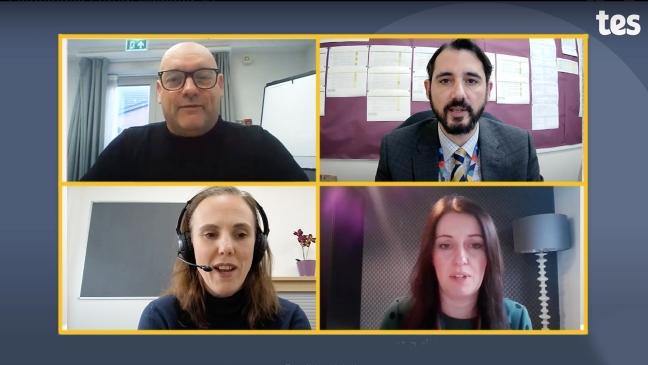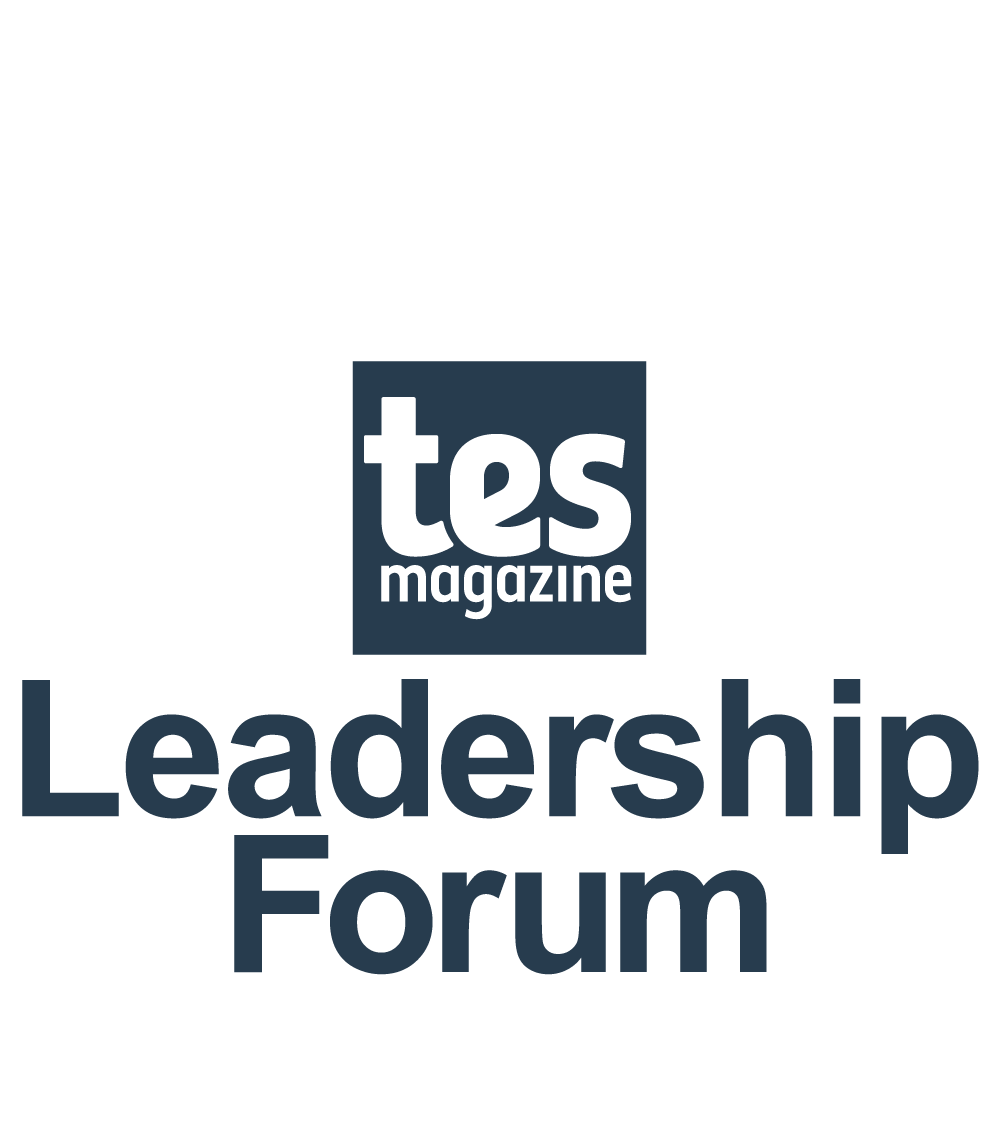- Home
- Leadership
- Finance
- Top slicing or GAG pooling: which is better for schools?
Top slicing or GAG pooling: which is better for schools?

This article was originally published on 3 October 2023
“Chief executives, chief operating officers, chief financial officers are all really wrestling with this at the moment,” reveals Rowena Hackwood, CEO of Astrea Academy Trust.
The challenge she is referring to is which funding model trusts should use for their schools: a top-slicing finance model or general annual grant (GAG) pooling?
Sarah Lovell, chief operating officer at Cabot Learning Federation, a Bristol-based trust formed of 22 schools, says that as more schools look to join multi-academy trusts, this question is dominating the agenda, with heads trying to work out which model is better for their pupils.
“It’s one of the things they first ask: ‘What is your top slice? What is your financial model? And can I still manage my budget?’” says Lovell.
To help better inform these discussions and to provide more information on the two models, Tes gathered together four MAT leaders. You can watch the roundtable discussion in the video below (there is a written summary following it) - you can also find the video here.
Academy trust funding models: GAG pooling
Trusts typically use one of two financial models to fund their schools. One is “GAG pooling”, whereby the general annual grant (GAG) all goes to the trust, and the trust then distributes money to schools based on need (typically, money is retained centrally to pay for common HR, IT, legal and other services).
At Astrea, GAG pooling is used for both funding and reserves. Hackwood says that this decision was made to try and ensure that all pupils are given the best educational chances based on their school’s need - rather than the metrics that determine the government school funding model, such as past school financial management or local birth rates, which are “not actually determined by the children in the building”.
“We take a view that if we use a common model, we value every child’s education at an equal value, and that we allocate budgets in that way,” she says.
It’s a view shared by Dan Morrow, CEO of Dartmoor Multi Academy Trust, who explains how his trust moved to a GAG pooling model two years ago for three key reasons:
- To provide equity in education delivery - “We can smooth out some of the inefficiencies and ineffectiveness in school funding and have the ability to match resources to specific needs and the contextual aspects of each individual school,” he says.
- To get leaders to work together in the trust by seeing resources as a shared area - “GAG pooling means we empower our principals far more to work as a collective.”
- To provide flexibility to innovate and work efficiently, and to ensure that schools have the support they need as and when required - “We are in a restricted resource-constrained environment [but GAG pooling] gives me the ability to do more with less.”
Morrow explains that one of his most remote schools has just nine pupils and would be unlikely to survive if it could not tap into the financial strength a trust can offer.
“Because of our GAG pooling and our commitment to our values and principles, our smallest school has the opportunities to thrive, and to survive, in a way that it would not if it were not within this operation,” he says.
Morrow argues that this is a factor of GAG pooling that can be lost in wider debates about financial models, but says that the “social justice argument” for GAG pooling should hold a lot of weight for leaders.
Is top slicing a better model?
Top slicing is the other funding model commonly used by trusts. The GAG goes to individual schools in this model, but a proportion of that money goes back to the trust centrally to pay for centralised functions, like IT and HR. Typically, that slice will be 3-5 per cent of the GAG.
Wayne Norrie, CEO of Greenwood Academies Trust (GAT), which is formed of 39 schools across seven local authorities, opts for this model. He argues that where trusts sit across multiple local authorities, top slicing is more ethical for the system as a whole.
“We work over eight local authority areas and within those, there is inequality in the funding between those children - so, for example, our children in Nottingham get £1,000 more per pupil now than children in Northamptonshire,” he explains.
“Now I could say all my children across the trust should have the same funding. But if you’re a child in Nottingham, who goes to a GAT academy in Nottingham, why should you have less money spent on you than all the other children in Nottingham that don’t go to a GAT academy?”
Norrie says top slicing gives leaders autonomy to spend their money as required - in line with trust-level goals.
“We have very different academies, different curriculum models, and it’s about empowering leadership of those schools and, for me, part of [being] a principal is you manage your own budget, and that’s part of your delivery,” he says.
Norrie points out that this approach has delivered some strong outcomes, with only one school in the MAT now operating in deficit, whereas before several were in that situation, He says that, overall, standards have improved, with no school now rated “inadequate”, whereas five years ago 15 were in that position.
Joining a trust: the key arguments
Lovell is fully immersed in this debate at the moment as the Cabot Learning Federation team is considering the best funding model going forwards. It moved to pool all of its schools’ reserves in 2018 in order to bring more stability to its schools, but it does not GAG pool fully as yet.
“We pooled our reserves because we wanted our reserves to support all of our 12,000 pupils equally, not just those that historically had some reserves. So it was all about making sure that we have pooled reserves to support the whole of the trust,” she explains.
While the trust has increasingly shifted to more pooled spending on resources like IT and estates, it has held off a full GAG pooling model.
The rationale for this, Lovell says, is that it means “our principals are really empowered to know what money they have available to run their schools”.
This issue of autonomy is something that comes up a lot within the wider debate about schools joining a MAT. Heads often fear that they will lose control of their budget - and, therefore, lose their power - if they join a trust. GAG pooling tends to fuel those fears. Morrow acknowledges that he had to face those arguments when his trust switched to GAG pooling.
He says it was important to make school leaders realise that a shift in the funding model would not take away their decision making on funding, which would remain collaborative. And the headteacher would not need to worry about financial management and could instead focus on driving teaching and learning outcomes.
“I know that the feedback from a number of principals following the adoption of both reserve and GAG pooling has been that they feel liberated to manage budgets without having to worry about the whole aspects of finance,” Morrow says.
Hackwood adds that under top slicing, full autonomy is a bit of a myth. She says that the reality is that in most trusts the procurement of IT or catering, for example, is done through the central team anyway and then charged to schools. Given this, she questions whether a top-slicing model really is as autonomous for leaders as it may seem.
“Does that mean you pool the money to buy that contract? Or do you go through some artificial process of recharging that back out to schools to give some kind of ghostly remnant of it feeling like the school is in control?” she says.
Norrie concedes this point but argues that it does not make the top-slicing model less appealing. He adds that the “spendable” amount of the budget is actually pretty small.
“As a school leader, 70 to 80 per cent of your money is taken away by staffing anyway, isn’t it? Then they give [the trust] 5.5 per cent, so there’s only a little pot of money to play with,” he says.
Norrie is not against the idea of pooling resources in its totality, though. His trust has moved to the pooling of reserves, and conversations about GAG pooling remain common among its senior team.
“We only talked about GAG pooling yet again at my executive team last week to say, ‘Are we right in the current situation?’”
Currently, top slicing is still winning out for Norrie, but it will be interesting to see for how long. Across the sector, there is a split between the two financial models but GAG pooling is gaining momentum.
Currently, schools joining a MAT can choose to join one with a funding model that suits them. But will we see only one model on offer in the future? And will it be GAG pooling?
Keep reading for just £1 per month
You've reached your limit of free articles this month. Subscribe for £1 per month for three months and get:
- Unlimited access to all Tes magazine content
- Exclusive subscriber-only stories
- Award-winning email newsletters
topics in this article




